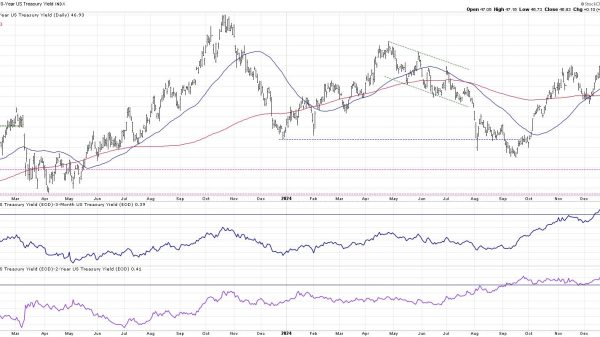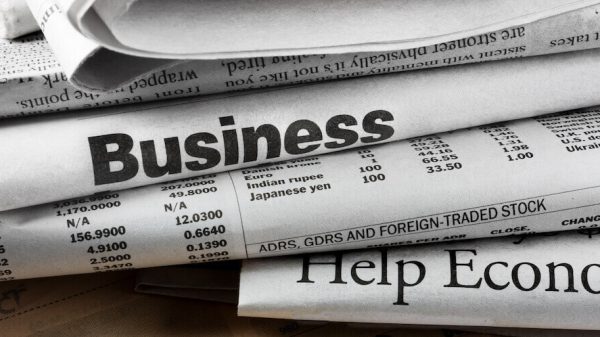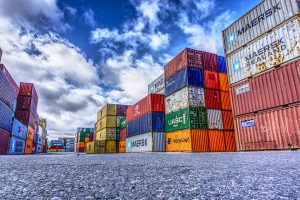Freight through Suez Canal down 45% since Houthi attacks – UNCTAD
BRUSSELS, Jan 26 (Reuters) – Freight going through the Suez Canal has dropped by 45% in the two months since attacks by Yemen’s Houthis led shipping groups to divert freight, disrupting already strained maritime trading routes, according to UN agency UNCTAD.
UNCTAD, the United Nations Conference on Trade and Development, which supports developing countries in global trade, warned of risks of higher inflation, uncertainty of food security and increased greenhouse gas emissions.
Shipping companies have diverted ships from the Red Sea since the Iran-alighned Houthi movement, which controls most of the populated parts of Yemen, began attacking vessels in what it says is support of Palestinians in Gaza. The United States and Britain have responded with air strikes against the Houthis.
The agency said 39% fewer ships than at the start of December transited the canal, leading to a 45% decline in freight tonnage.
Jan Hoffmann, UNCTAD’s head of trade logistics, said there were now three key global trade routes disrupted, also including flows of grain and oils since Russia’s invasion of Ukraine, and the Panama Canal, where low water levels from drought meant shipping last month was down 36% year-on-year and 62% from two years ago.
“We are very concerned,” he told a briefing late on Thursday. “We are seeing delays, higher costs, higher greenhouse gas emissions.”
Emissions were rising, he said, because ships were opting for longer routes and also travelling faster to compensate for detours.
The Suez Canal handles 12-15% of global trade and 25-30% of container traffic. Container shipments through the canal were down 82% in the week to Jan. 19 from early December, while for LNG, the decline was even greater. The drop-off for dry bulk was smaller and crude oil tanker traffic was very slightly higher.
Spot container rates recorded their sharpest weekly increase of $500, affecting not just Asia-to-Europe shipments but also the non-Suez route to the US west coast, which has more than doubled. However, rates were still only about half of the peak hit during the COVID-19 pandemic.
Mr. Hoffmann said food prices could feel the impact, adding about half of the increases seen since the war in Ukraine were due to higher transport costs, although end-consumers in developed countries may take some time to see an effect.
“Passing on these higher freight rates to consumers takes time, up to a year until… we would really see them in the shop, whatever shop – Ikea, Walmart or something,” he said. — Reuters























